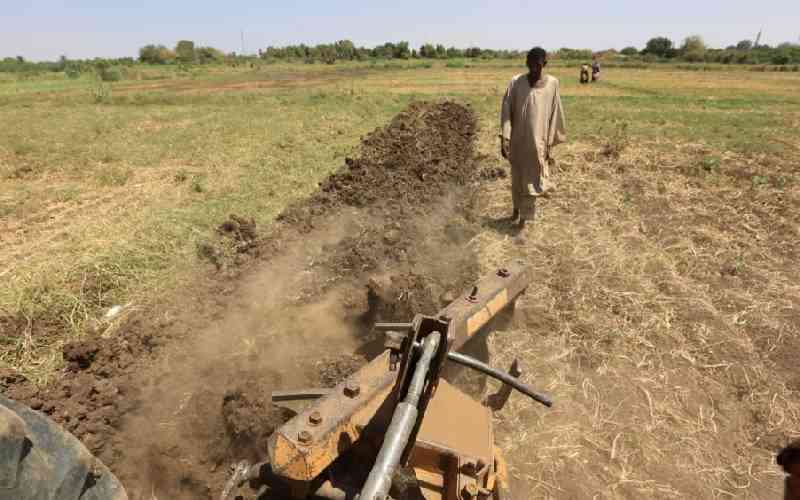Last month, eight in ten Kenyans were able to put food on their tables through agriculture-enabled livelihoods. Tragically, last night, 1.6 million Kenyans may not have had food on their tables. In 2015, a report by the Parliamentary Budget Office estimated that food insecurity was likely to affect 1.6 million Kenyans. The hunger in the country may be even more compounded by the increased cost of living. There are many Kenyans, especially in urban centres who appear well fed but are in reality struggling with hunger, yet food is a basic need and right for all.
Kisii County is facing this challenge of hunger head-on. Undeterred by scarcity of land, the County Government has set up a greenhouse demonstration centre at the Kisii Agriculture Training Centre. It is now up scaling this by establishing a greenhouse demo farm in each of the 45 wards in the county.
That way, the more than one million people in Kisii will have a chance to see firsthand how a greenhouse works and how they can establish their own. The key incentive for farmers is the fact that each greenhouse is projected to make between Sh150,000 and Sh200,000 per season.
This greenhouse project would however remain a pipe dream if there was no strategy for farmers to access funds for setting up the greenhouses. That is why the County Government is now connecting farmers with lending agencies that can train them on agribusiness and lend them capital for setting up greenhouses that go for between Sh90,000 and Sh150,000.
In Kenya today, we can turn the crisis of hunger into an opportunity of technologically savvy agribusiness. There is a guaranteed market for any Kenyan who can produce and sell cheaper, fresher food.
I know there are businesses that deliver fresh vegetables and fruits right at your doorstep. Nonetheless, they need to be more competent. Other enterprising Kenyans can also join that profitable fresh vegetable bandwagon and work on state-of-the-art distribution that will definitely see their profits soar.
Such market solutions are best led and executed by innovative entrepreneurs. All African Governments can however attract mammoth investments by borrowing leaf from the holistic approach adopted by the Kisii County Government.
If such public private partnerships are supported more, Africa will be on the forefront of realising the second Sustainable Development Goal, which calls on us to, ‘End hunger, achieve food security and improved nutrition and promote sustainable agriculture.’ Anybody who meets this goal innovatively will indeed make green money in the process. Will you be that person?
Think green, act green!
 The Standard Group Plc is a
multi-media organization with investments in media platforms spanning newspaper
print operations, television, radio broadcasting, digital and online services. The
Standard Group is recognized as a leading multi-media house in Kenya with a key
influence in matters of national and international interest.
The Standard Group Plc is a
multi-media organization with investments in media platforms spanning newspaper
print operations, television, radio broadcasting, digital and online services. The
Standard Group is recognized as a leading multi-media house in Kenya with a key
influence in matters of national and international interest.
 The Standard Group Plc is a
multi-media organization with investments in media platforms spanning newspaper
print operations, television, radio broadcasting, digital and online services. The
Standard Group is recognized as a leading multi-media house in Kenya with a key
influence in matters of national and international interest.
The Standard Group Plc is a
multi-media organization with investments in media platforms spanning newspaper
print operations, television, radio broadcasting, digital and online services. The
Standard Group is recognized as a leading multi-media house in Kenya with a key
influence in matters of national and international interest.









